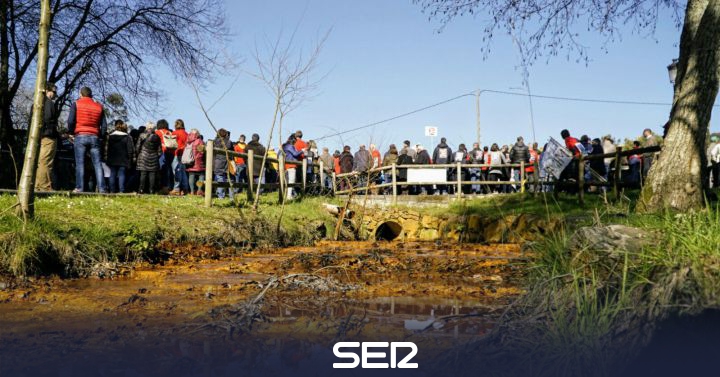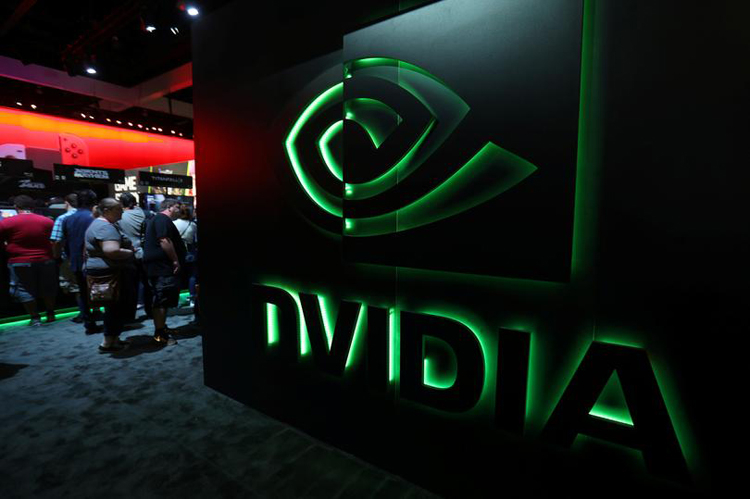I don’t remember the exact moment we decided that we didn’t absolutely need ultra-broadband to get the school up and running safely. To connect the school complexes with the fiber at least 1 gigabit per second. To bring the network to all classes, not just in the office. I don’t remember when we excluded it thinking that instead the single desks with wheels, those yes, would have solved everything, even miraculously multiplied the spaces of the classrooms, because otherwise what are the single desks if then the students all have to enter the same cramps spaces than before? I don’t remember but today as we leave, can I say that we made a huge mistake without being accused of cheering against? It went like this: for a while we told ourselves that the distance learning done during the lockdown had been a disaster and that we would all leave in presence, because that is true teaching.
Then, recently, we realized that it would be nice but impossible for various obvious reasons and now we are only talking about hybrid and digital school where hybrid is the magic word. As in those cars that are a little gasoline and a little electric, a lot of classes will be hybrid, a few students in the classroom and the rest at home in rotation. Connected? It depends. And here we come to ultra-broadband in schools. What were the characteristics of the Distance Learning (DAD) of the lockdown? These: it was unexpected and unpredictable; the teachers had no idea how to teach online; unfair divisions were created between students with a personal computer and a good connection and everyone else. And then? And then, the other feature was that the teachers did not do the lesson from school, but from home, perhaps with the 4G coverage of their smartphone. Well, this hybrid teaching that we are about to experiment was predictable and should have been foreseen six months ago; in the meantime many teachers have understood that the online lesson is something else, to begin with, it must last a little less; vouchers should allow families in financial difficulty to have a PC and connection. And then? And then the teachers this time the lesson will have to do it from their school. From the class where are those who in rotation have won the lesson in the presence. Let’s put aside for a moment the acrobatics we are asking teachers, talk to the kids in class but also to those at home, on the screen of a webcam.
Let’s focus on fiber connected schools. How many are they? The latest figure (July 31st) is this: 67 percent of schools are connected by fiber or will be connected in the next three years. As if it were the same thing: now or in three years. Take a teacher: I teach now, but you connect in three years. The problem does not concern a handful of schools. Reasonable estimates lead to the conclusion that there are one in five schools with optical fiber in all classes. And that as many as 14,000 are not connected and do not know when they will be.
Fourteen thousand and 715 out of over thirty thousand. How will these do the hybrid lesson? Mind you: the list of culprits is long. We are talking about European funds that we could have spent from 2014, which will expire at the end of the year, and which have had two positive resolutions of the CIPE, the inter-ministerial committee chaired by the premier with all the most important economic ministers: 2015, Renzi government; 2017, Gentiloni government.
Finally, in May, a deserving “school plan” was presented, yet another: 400 million euros of European funds to wire all the schools. Not 4 billion. You don’t need an MES for school. You don’t need a Recovery Fund. 400 million is enough to close the game, wire all the classes and stream the lessons. Including connectivity costs for the first five years. It takes time? Yes, but not years: months, if you want. Wanting to be consistent with all the times we tell ourselves that young people are our future.
In short, the plan was approved on May 5, duly communicated to the European Commission (it’s their money); the Ministry of Economic Development passes the decree on August 20, which means that the Court of Auditors has until September 20 to give an opinion, then Infratel (the public company that implements the ultra-broadband strategy) will announce a race. All very calmly. What a rush there was. Ah yes, the school year had to start. Will start. Now, not in three years. Good luck to everyone.
– .


